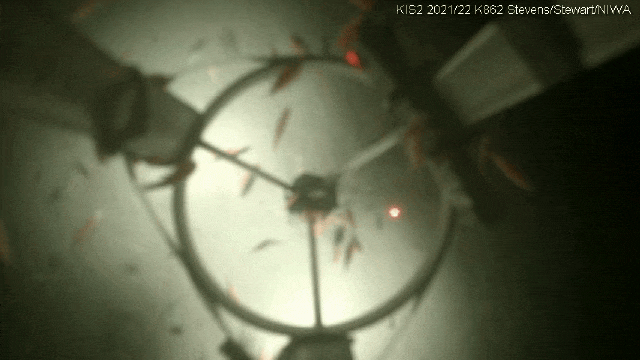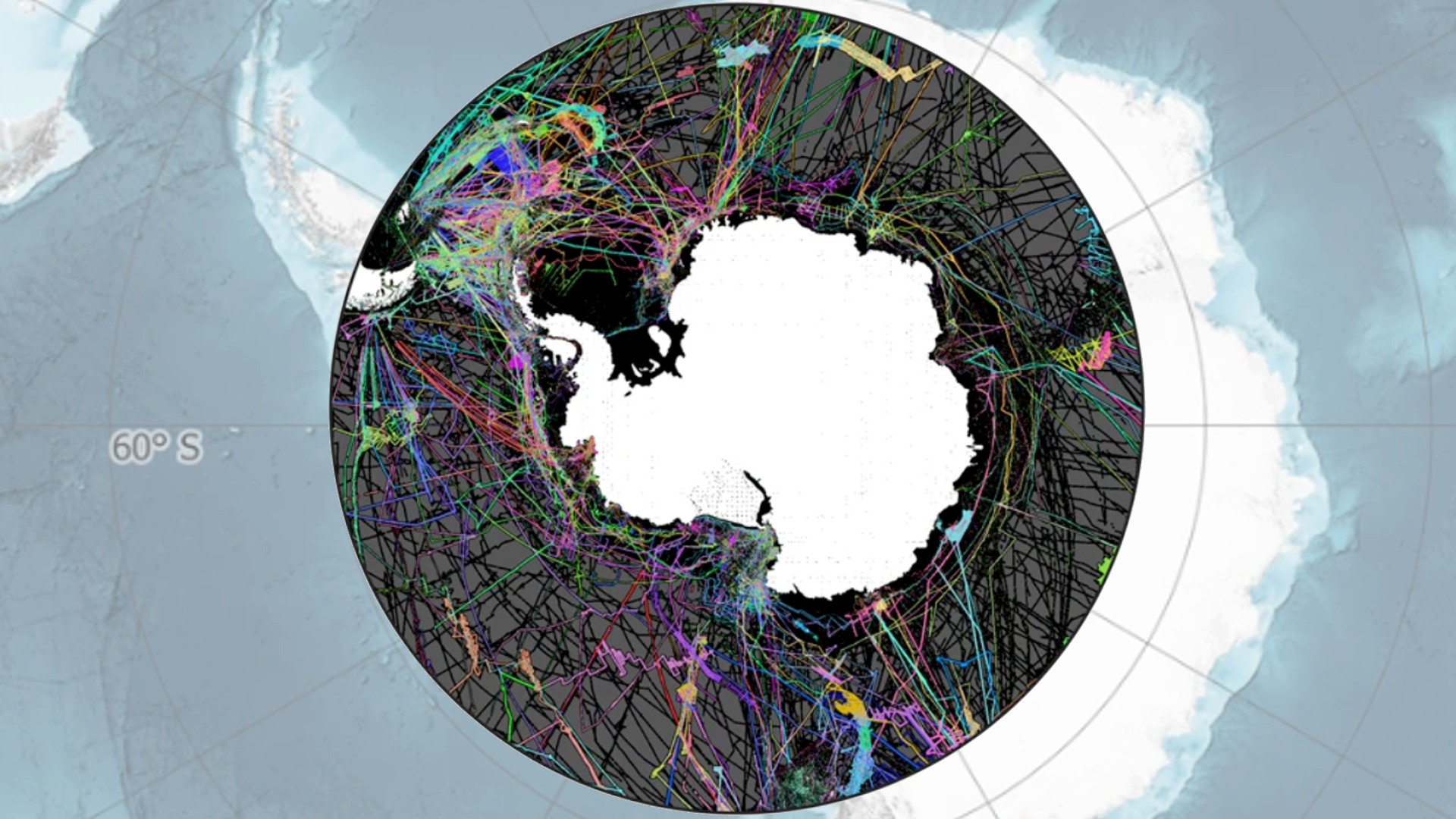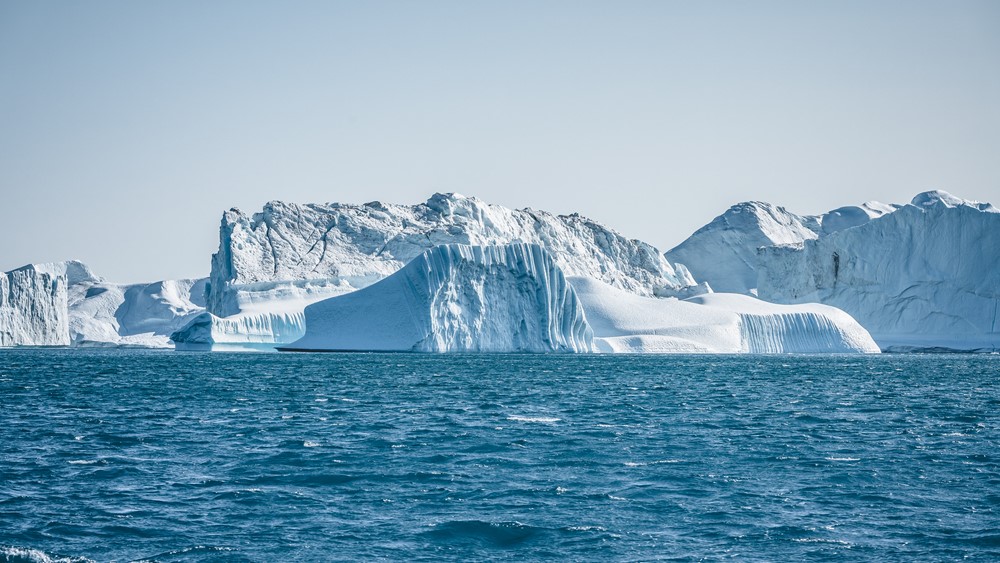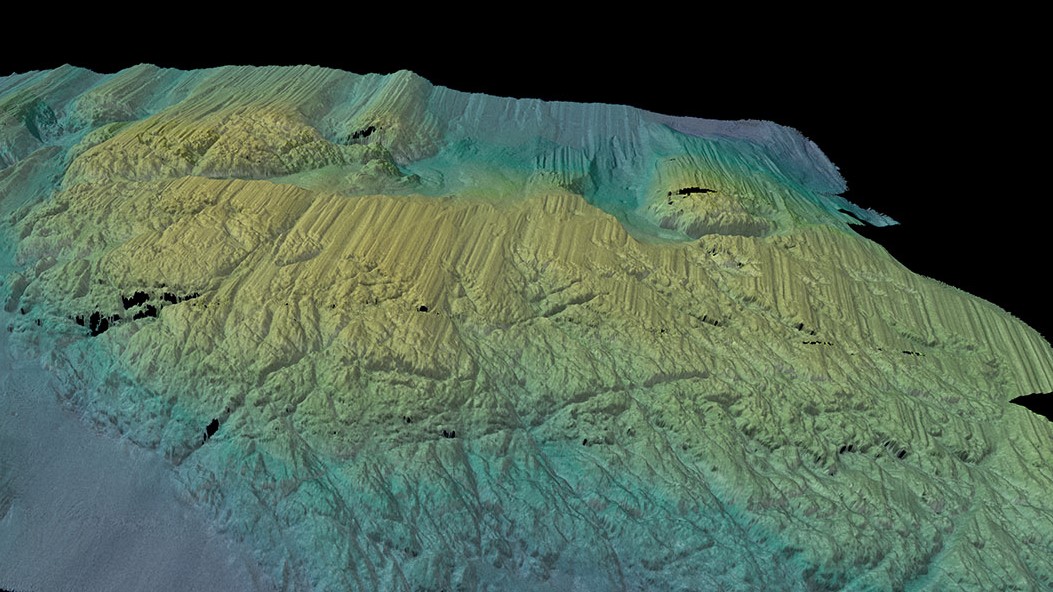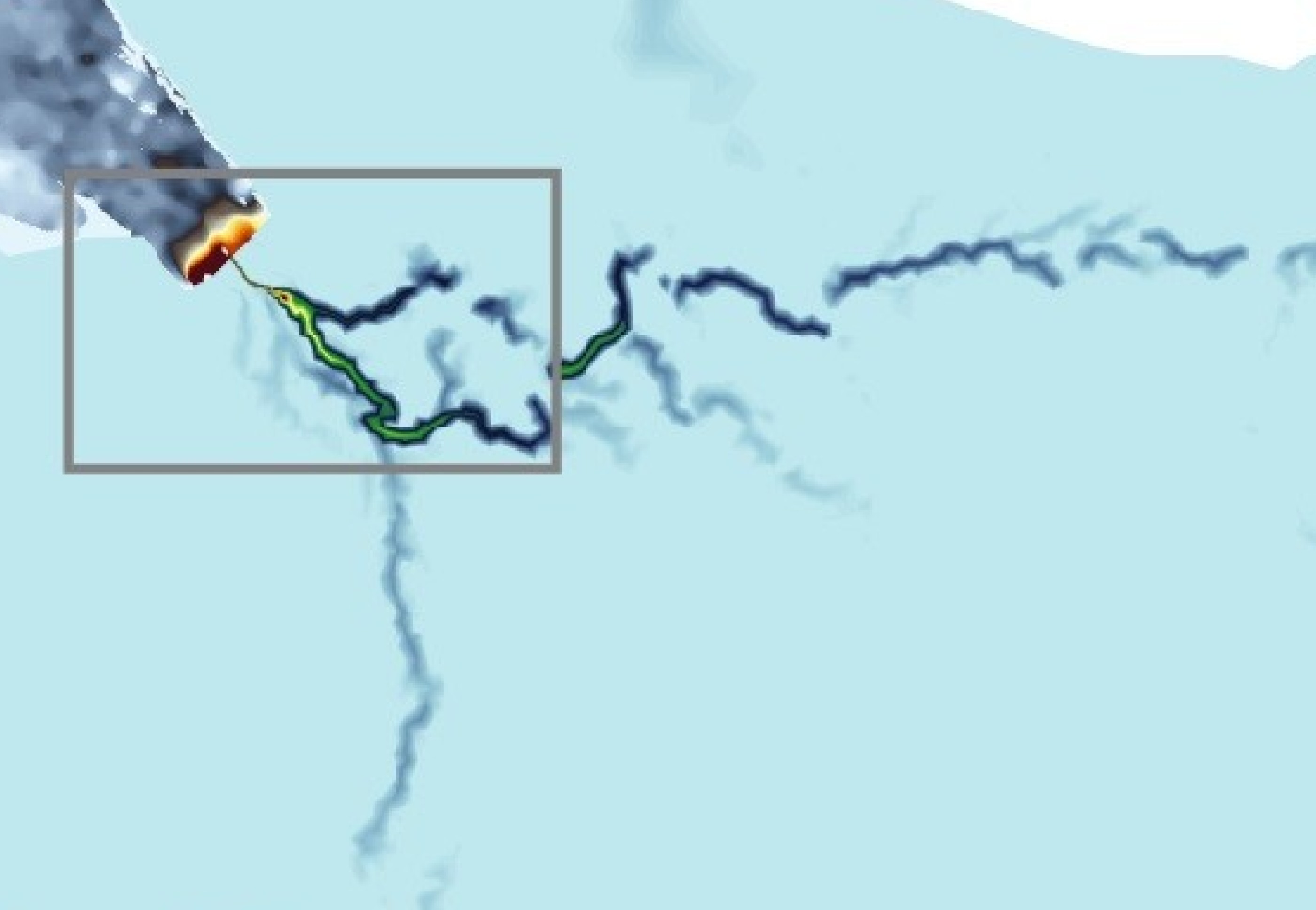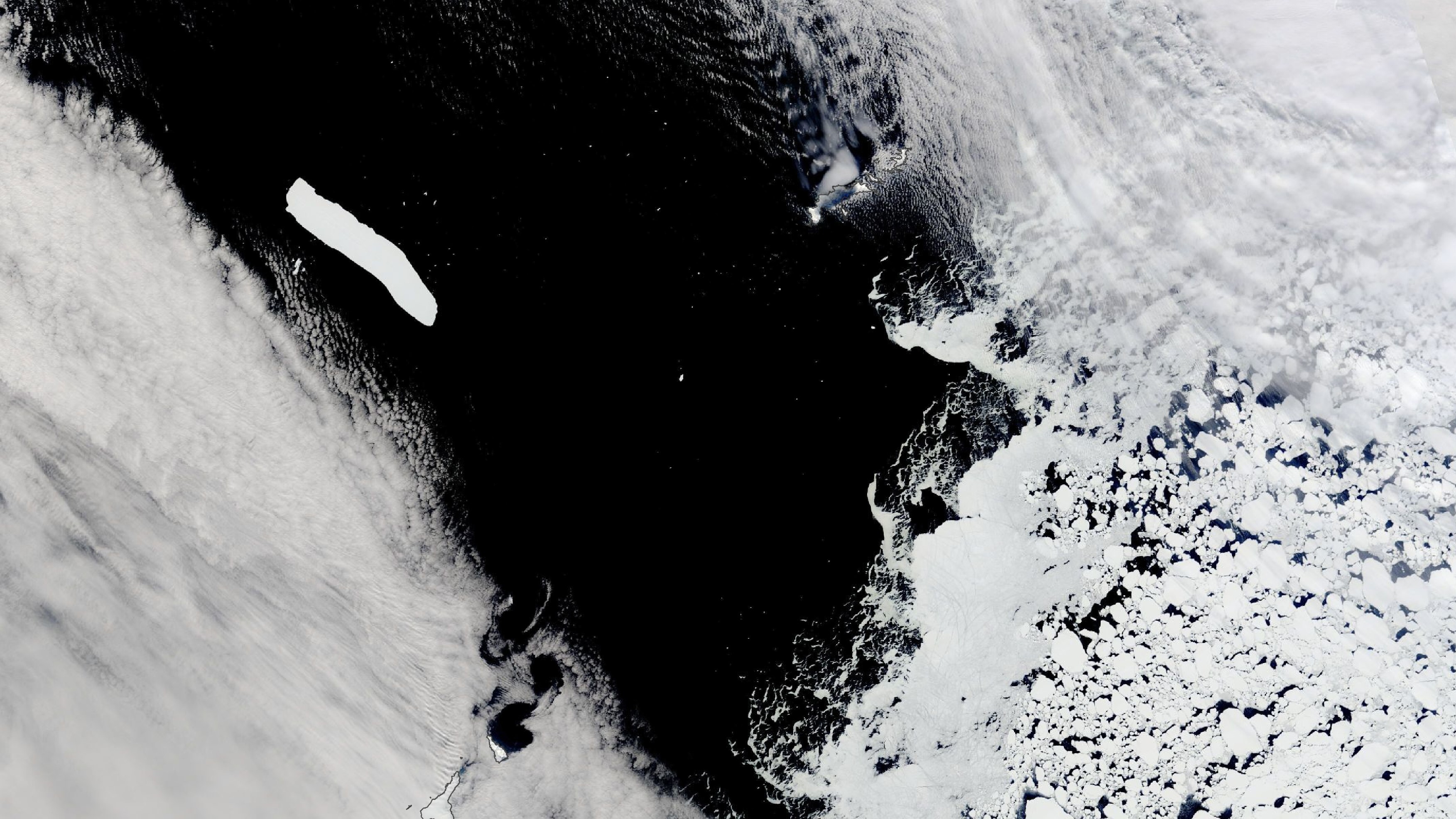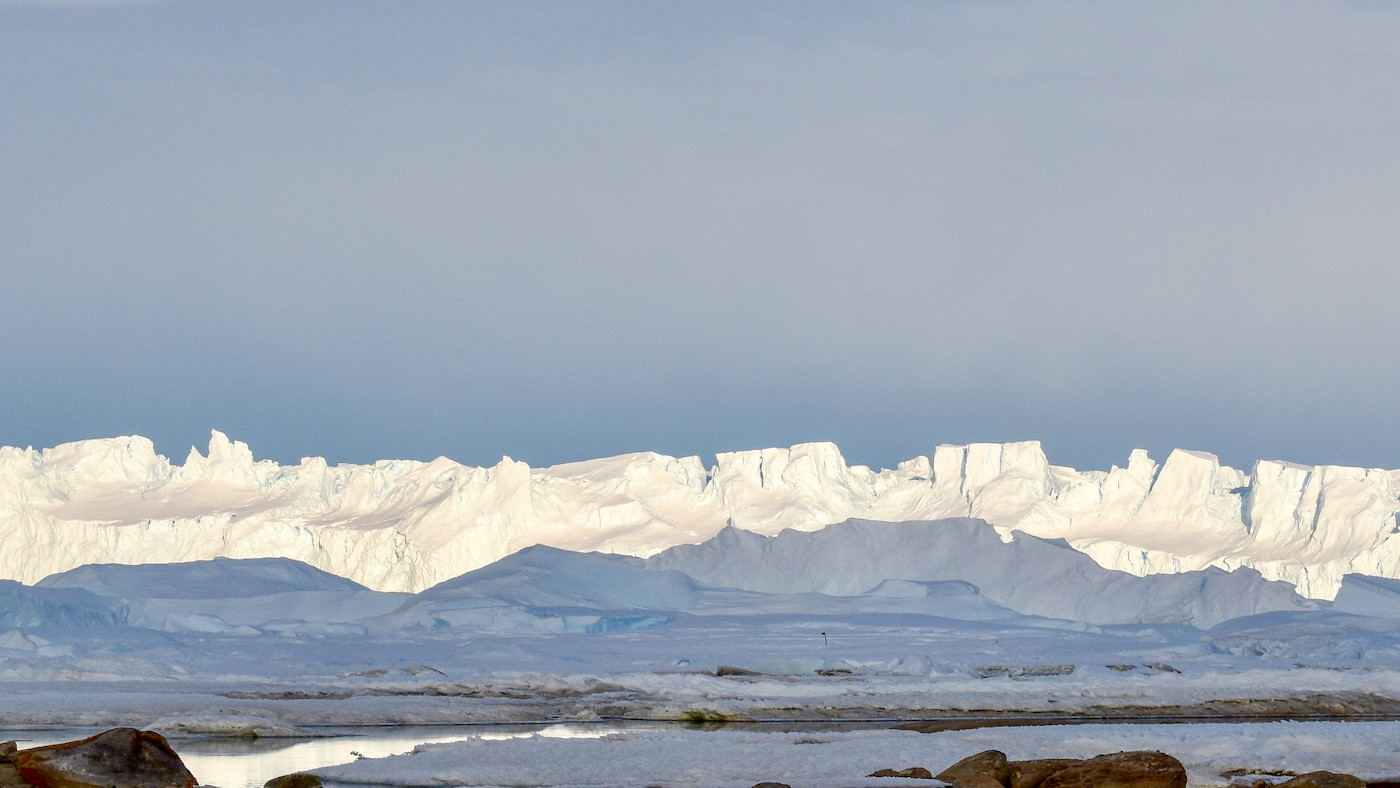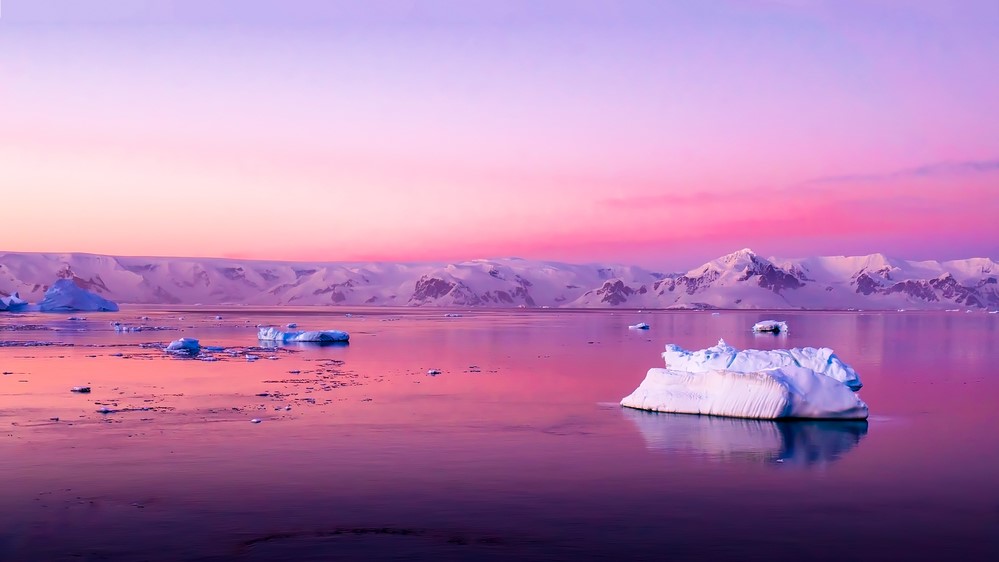10 amazing discoveries from Antarctica in 2022
A large number of scientific discoveries emerged from Earth's most southerly continent this year. Here are some of our favorites.
Antarctica isn't just the coldest continent; it's the one hiding the most secrets.
Because of its remoteness and forbidding climate, there is still a treasure trove of weird and wonderful oddities beneath the ice and waves just waiting to be discovered. And in 2022, scientists hit the jackpot. From secret ecosystems and ancient DNA to logic-defying blooms and creepy fish nests, here are our top Antarctica stories from this year.
A "hidden world" under the ice
Researchers uncovered a never-before-seen ecosystem that lurks in an underground river deep below the icy surface of the Larsen Ice Shelf using a massive hot water drill.
The secret habitat lies in a massive chamber around 1,640 feet (500 meters) below the surface of the ice. Researchers found the underground structure after noticing an unusual groove in a satellite image of the ice sheet, but never expected to find anything inside when they eventually drilled down to investigate it.
Instead, the team found thousands of tiny crustaceans known as amphipods, which had them "jumping up and down for joy."
Read more: Discovery of 'hidden world' under Antarctic ice has scientists 'jumping for joy'
New deepest point mapped
A new map of the Southern Ocean gave scientists their most detailed view to date of the seafloor surrounding Antarctica, including its deepest point, the "Factorian Deep."
Get the world’s most fascinating discoveries delivered straight to your inbox.
Resting at a depth of around 24,400 feet (7,437 m) below the sea surface, or 17 Empire State Buildings stacked top to bottom, the Factorian Deep was only discovered in 2019. But, until now, researchers had no idea how it fit together with the surrounding seafloor.
The new map draws from more than 1,200 sonar data sets, collected mostly by science vessels, and covers more than 18.5 million square miles (48 million square kilometers) of seafloor. Researchers hope to use the sea bottom chart to identify underwater mountains, or seamounts, that may be hotspots for marine life.
Read more: 'Factorian Deep,' the new deepest point in Antarctica's Southern Ocean, mapped for the first time
Logic-defying bottom blooms
Separate teams of researchers discovered seemingly impossible phytoplankton blooms lurking deep beneath the ocean's surface in both of Earth's polar regions.
Scientists had previously assumed that there was not enough light in the water below polar sea ice for phytoplankton to produce enough energy to survive. But the new studies revealed that the algae can thrive with as little as 1% of the light available at the surface.
In Antarctica, researchers used deep-diving floats to measure the amount of chlorophyll-a, a pigment used by algae and other plants during photosynthesis, in the water deep beneath sea ice and found that there was likely a high concentration of phytoplankton there.
The researchers suspect that a decrease in the amount and lifespan of sea ice caused by climate change could help sustain these bottom blooms by maximizing the amount of light they receive.
Read more: Logic-defying 'bottom blooms' could sustain hidden ecosystems in Arctic and Antarctica
1 million-year-old DNA unearthed
Researchers accidentally unearthed DNA from ancient microorganisms, some of which are roughly 1 million years old, while collecting routine seafloor sediment samples in the Scotia Sea.
The ancient genetic material was pulled up from depths of up to 584 feet (178 m) beneath the seafloor and dates back to between 1 million years ago to around 540,000 years ago.
Scientists aren’t certain which species the oldest DNA samples belong to, but the most recent samples likely originate from a group of phytoplankton known as diatoms. The diatoms date back to an ancient period of global warming and could provide clues as to how Antarctica's marine ecosystems will respond to human-caused climate change.
Read more: Scientists discover 1 million-year-old DNA sample lurking beneath Antarctic seafloor
Doomsday glacier in danger
Underwater robots that peered under Antarctica's Thwaites Glacier, nicknamed the "Doomsday Glacier," saw that it is holding on by its fingernails to the seabed below. Once it detaches, its doom may come sooner than expected due to rapid movement and an extreme spike in ice loss.
A new map of the seafloor surrounding the icy behemoth revealed a series of parallel grooves that were left behind as the glacier scraped along the ocean bottom during previously unknown periods of rapid retreat within the last few centuries.
Researchers warn that this type of rapid melting could be triggered again by extreme warming driven by climate change.
Enormous underground river discovered
Researchers discovered a massive underground river that flows beneath four separate ice masses using ice-penetrating radar mounted on aircraft.
The river is longer than the Thames in England and drains melting ice from a region the size of France and Germany combined and into the Weddell Sea. If the entire region were to melt as a result of climate change, it could raise global sea levels by 14.1 feet (4.3 m), which could have catastrophic consequences.
Researchers suspect that there is probably an entire system of underground rivers across the continent.
Read more: Enormous river discovered beneath Antarctica is nearly 300 miles long
World's largest iceberg says farewell
NASA’s Terra satellite captured a photo of the world's largest iceberg, A-76A, floating in the mouth of the Drake Passage — a turbulent stretch of water in the Southern Ocean — as it began its journey away from Antarctica.
The enormous ice slab is around 84 miles (135 kilometers) long and 16 miles (26 km) wide and first broke off from the Ronne Ice Shelf in 2021.
Normally, when icebergs drift into the Drake Passage they are quickly dragged eastward by strong ocean currents, before being whipped northward into warmer waters, where they completely melt soon after.
It is unclear where A-76A will eventually end up or when it will meet its watery grave.
Read more: World’s largest iceberg is getting swept away from Antarctica to its doom, satellite image shows
Millions of fish nests
Scientists onboard an icebreaker ship in Antarctica were blown away when they spied a trove of 60 million icefish nests dotting the floor of the Weddell Sea.
The nests were serendipitously discovered using a seafloor video feed onboard a scientific vessel that was primarily looking to study whales. The nests were 10 inches (25 centimeters) apart and covered an area of around 93 square miles (240 square km). A parent fish stood guard atop each nest, which contained an average of 1,700 eggs each.
The area was also littered with icefish carcasses, suggesting that this massive icefish colony is an integral part of the local ecosystem, most likely serving as prey for Weddell seals.
Read more: Largest fish nursery discovered beneath Weddell Sea in Antarctica
Massive lake under the ice
Researchers discovered a city-size lake hidden deep underneath the East Antarctic Ice Sheet.
The hidden lake, which was named Lake Snow Eagle, has a surface area of 143 square miles (370 square km) and lies in a mile-deep canyon beneath 2 miles (3.2 km) of ice.
The team uncovered the lake following three years of exhaustive aerial surveys over the ice sheet, using radar and special sensors designed to measure minuscule changes in Earth's gravity.
Experts believe it could contain 34 million-year-old river sediments that are older than the ice sheet itself and could shed light on what Antarctica was like before the continent froze.
Read more: City-size lake found miles below Antarctica's biggest ice sheet
Simultaneous polar heat waves
This year, both of Earth's polar regions experienced unprecedented, simultaneous heat waves that saw temperatures briefly skyrocket to never-before-seen heights in some areas.
In Antarctica, the average temperature was 8.6 degrees Fahrenheit (4.8 degrees Celsius) warmer than average. On the same day, the average temperature in the Arctic was 6 F (3.3 C) higher than normal.
It is very uncommon to see high temperatures across both polar regions at the same time because they have contrasting seasons; as spring arrives in the Northern Hemisphere, the Arctic is just starting to thaw while Antarctica is beginning to freeze after months of summer melt.
Scientists were particularly surprised by the heat wave in Antarctica because temperatures there have remained more stable overall compared to the Arctic.
Read more: Alarming heat waves hit Arctic and Antarctica at the same time
Looking to fill your boots with even more Antarctica content? This year we also answered mysteries such as when Antarctica first became a continent, why no polar bears live there and whether it will ever be habitable to humans.

Harry is a U.K.-based senior staff writer at Live Science. He studied marine biology at the University of Exeter before training to become a journalist. He covers a wide range of topics including space exploration, planetary science, space weather, climate change, animal behavior and paleontology. His recent work on the solar maximum won "best space submission" at the 2024 Aerospace Media Awards and was shortlisted in the "top scoop" category at the NCTJ Awards for Excellence in 2023. He also writes Live Science's weekly Earth from space series.


